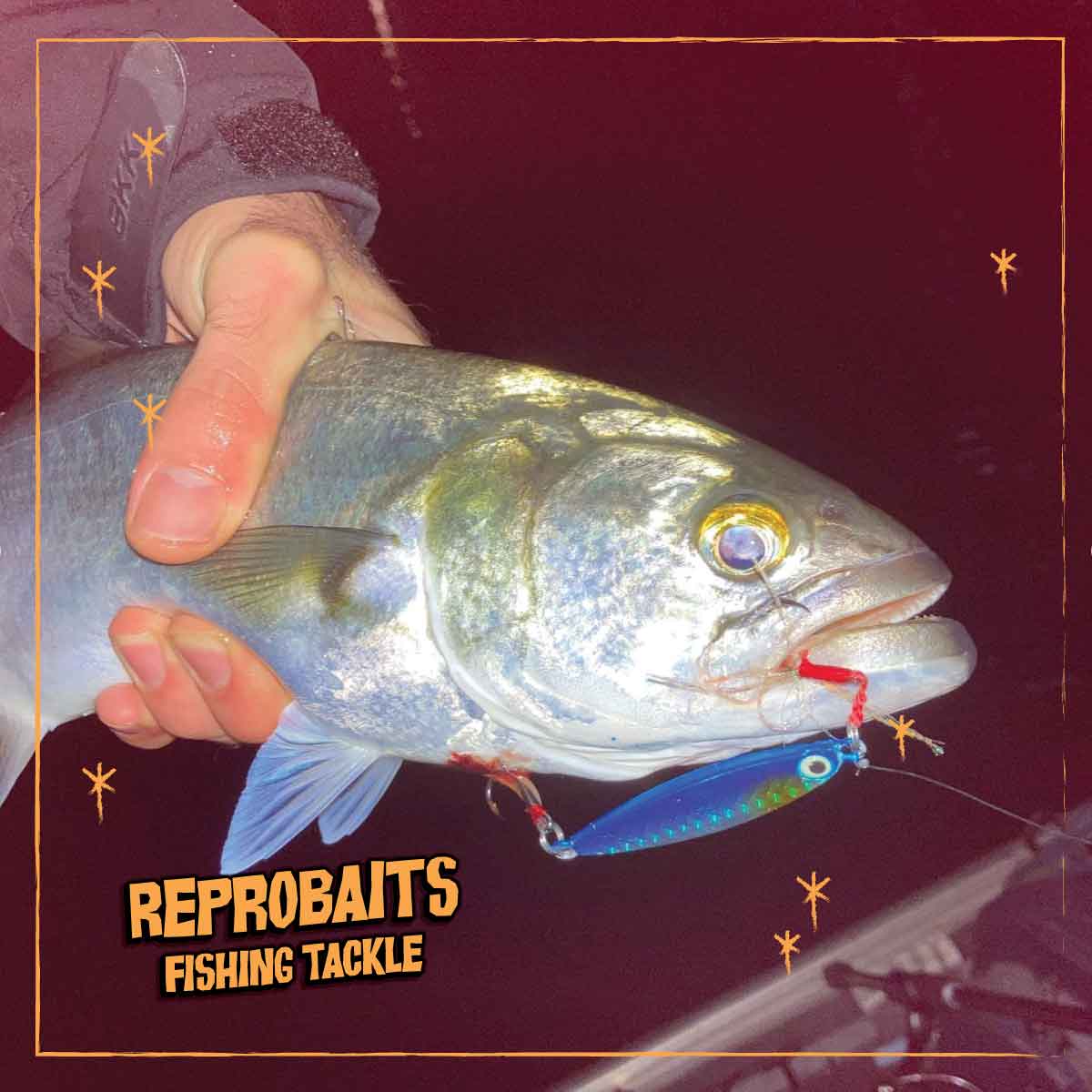
Mastering Beach Fishing: The Secrets to Success for Tailor, Salmon, and More
If you've ever stood on the beach, rod in hand, gazing out at the seemingly endless expanse of ocean and wondered, "Where do I even start?" Well, you're not alone mate.
Beach fishing can be a bit of a mystery but once you've cracked the code there’s no going back. Whether you’re after the thumping hit of a Tailor or the powerful run of a Salmon it all comes down to one thing: finding the right gutter.
Now, before we dive into the nitty-gritty let’s set the scene. Picture this: early morning, the sun just beginning to peak over the horizon casting a golden glow on the surf. The beach is quiet save for the gentle roar of the waves. This, my friend, is prime time.
Reading the Beach
When it comes to beach fishing the first lesson is understanding the beach itself. It’s not just a strip of sand; it’s a dynamic environment where fish feed, hide, and move with the tides. To the untrained eye a beach might look like a uniform stretch of water. If you know what to look for you'll see the subtle signs that reveal where the fish are likely to be.
Gutters are the key here. These are the deeper channels of water that run parallel to the shore often formed between sandbanks. Fish love gutters because they offer protection from the stronger currents and a smorgasbord of food. Identifying these gutters is the first step to a successful session.
Here’s what you’re looking for: darker patches of water close to the shore. These darker areas indicate deeper water where the gutter lies. Look for waves that break on the outer sandbank then reform and break again closer to shore. The area between those two breaks is likely a gutter. This is where you'll want to cast your bait.
Timing is Everything
Like most things in life timing can make all the difference. Early mornings and late afternoons are your golden hours. The fish are more active and the beaches are quieter. High tide or the change of tide is when the gutters are at their most productive. As the tide pushes in it brings with it fresh baitfish which in turn attract the predators we’re after.
It’s also worth keeping an eye on the weather. Calm seas might sound like the perfect time to wet a line but they can actually make it harder to find those deep gutters. A bit of chop in the water can help stir things up making the fish more active and easier to target.
The Right Gear for the Job
You don’t need to bring the whole tackle shop with you but having the right setup can make a world of difference. For targeting bread-and-butter species like Bream and Whiting, a light combo is your best bet. I’m talking a 12ft rod rated for 3-6kg and a 4000 size reel spooled with 12lb line. These species aren’t going to break the rod so you don’t need to go heavy.
When you’re after something with a bit more fight like Tailor or Salmon, you’ll want to step it up. A 12ft+ rod rated for 6-10kg with a 6000 size reel spooled with 20lb line will give you the backbone you need to bring these fish in.
And if you're chasing that elusive Jewfish or Mulloway you’ll want to go even heavier. Think 3/0 or 4/0 suicide hooks and don’t be shy about using a single hook running ball sinker rig to keep things streamlined.
Bait and Tackle
The best bait is often the freshest you can get. Beach worms, pilchards, and fresh squid are top choices. Tailor and Salmon have a taste for fish strips so mullet, yakkas, or even salted down strips to toughen them up can work wonders. If you’re lucky enough to have a local guide or a more experienced mate to show you the ropes – you might just score yourself some insider tips.
Using the right rig is crucial. A Paternoster rig is a solid choice for targeting multiple species at once. It keeps your bait off the bottom and in the strike zone. However, if you’re focusing on Jewfish a single hook running sinker rig is often the way to go. It allows for a more natural presentation, which can make all the difference when the bite is slow.
Staying Sharp
One of the best pieces of advice I can give is this: keep learning. No matter how many years you’ve been at it, beach fishing always has something new to teach. Conditions change, fish move, and there’s always a new technique or trick to try. Don’t be afraid to ask questions or watch a few videos from the pros. And most importantly, get out there and give it a crack. The beach is your classroom and the fish – well, they’re the best teachers you’ll find.
So next time you find yourself staring down a stretch of seemingly endless sand remember these tips. Read the beach, pick your time, and get your gear right. And if you’re lucky, you’ll be rewarded with that exhilarating tug on the line and the thrill of reeling in your next catch.
Tight lines, mate!
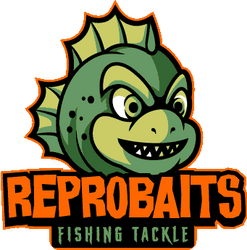
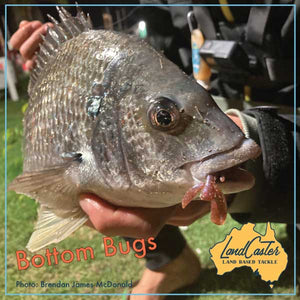
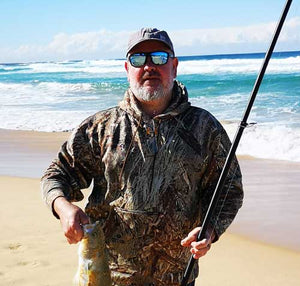
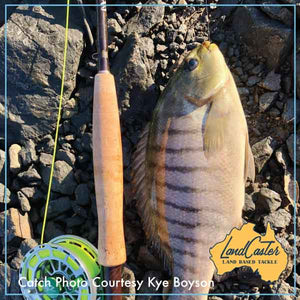
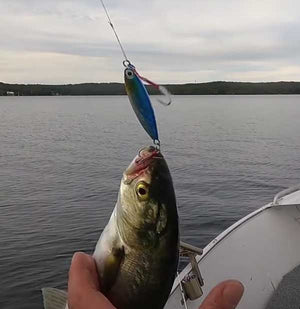
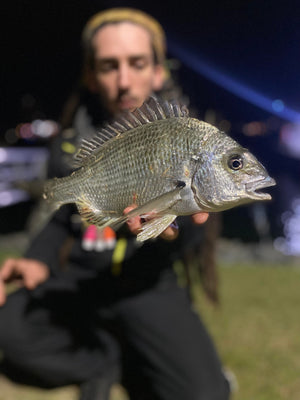
Leave a comment